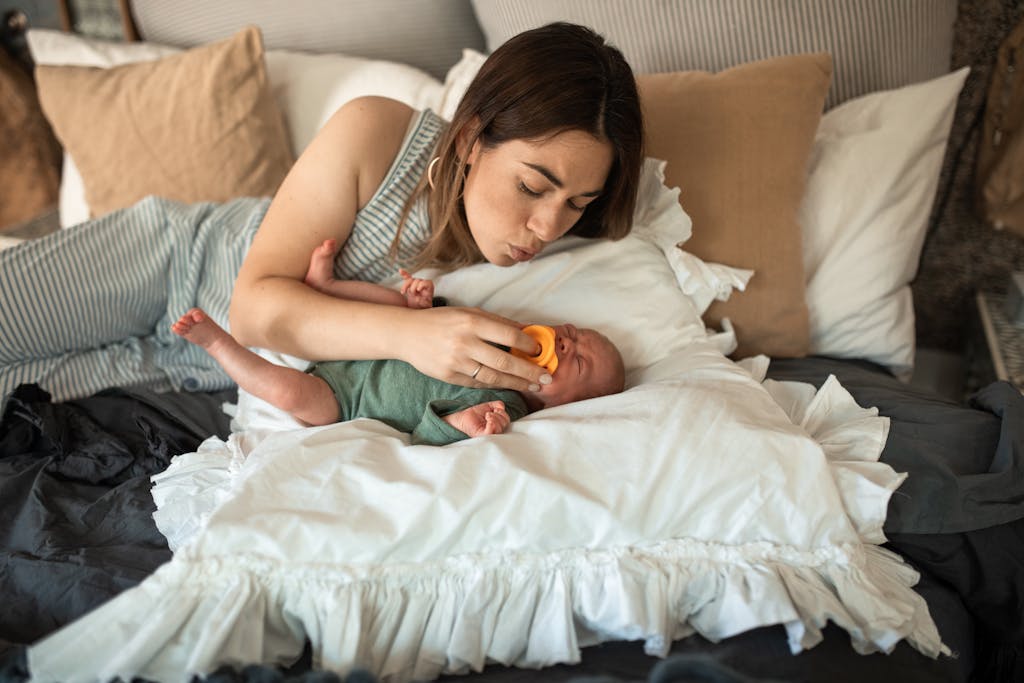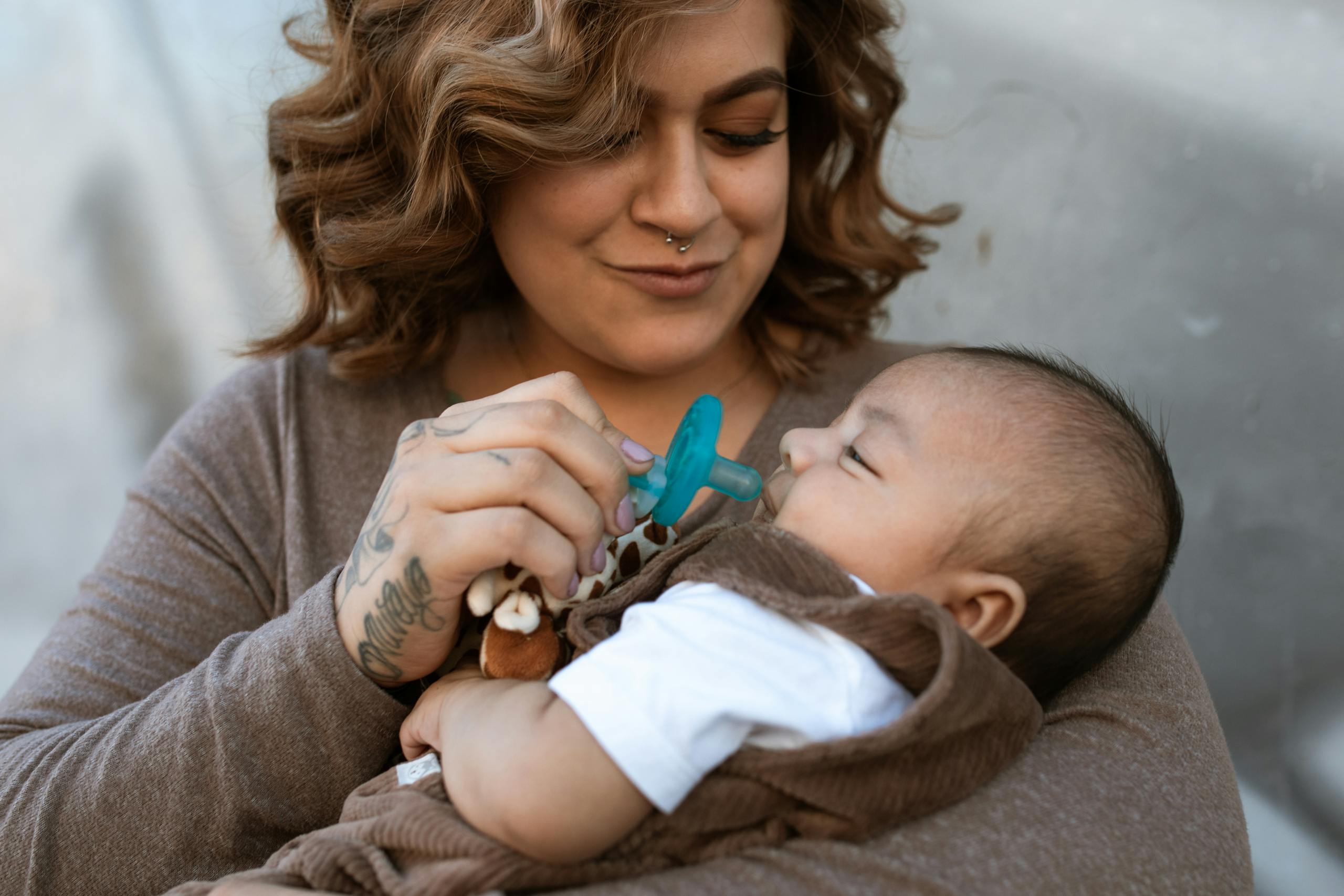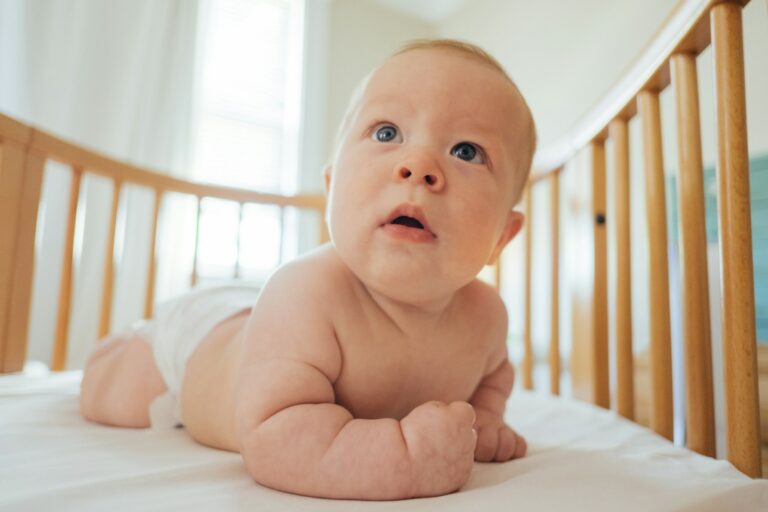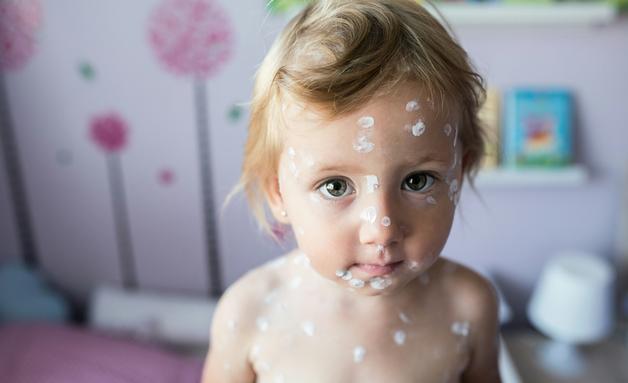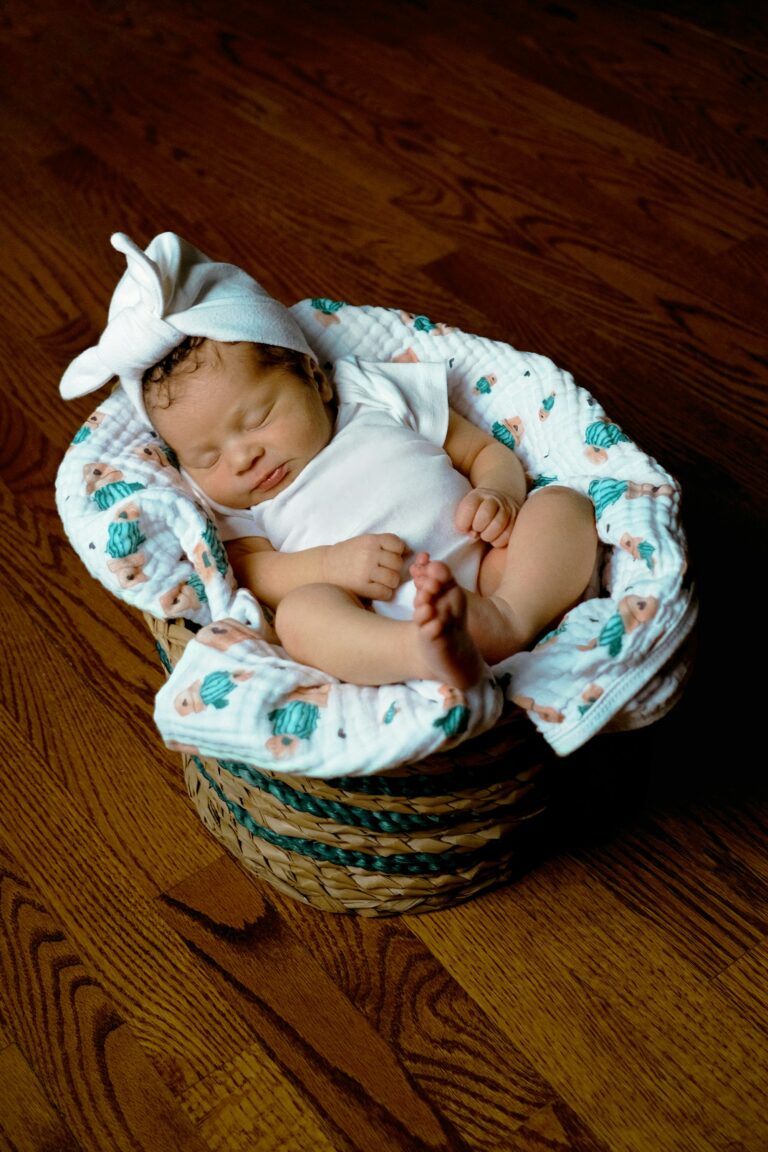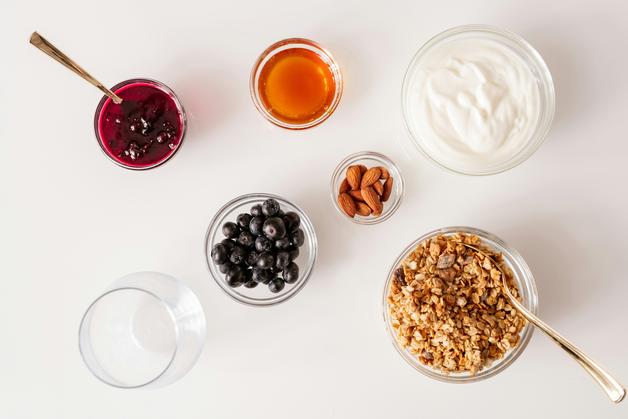The very first weeks and months with a baby ignite a carousel of emotions—joy, fatigue, curiosity, anxiety. Amid the swirl of questions (How can I help my baby sleep? What if my infant cries for hours at night? Am I missing something essential?), the humble newborn pacifier often appears as both savior and source of debate. Should you offer a pacifier right after birth? Is it safe to use during every nap? Can it disrupt breastfeeding or dental health? And, perhaps most importantly, does it truly soothe your baby—or create extra complications down the road? The science doesn’t always deliver black-and-white answers, but understanding the ins and outs of pacifier use empowers parents to make more confident, peace-of-mind decisions. Let’s shed light on the physiological needs, the proven and suspected benefits, the rare but very real risks, and actionable routines, all while acknowledging that each baby writes their own story.
Understanding newborns: the natural drive to suck
Babies arrive hardwired: the sucking reflex is both primal and persistent. Even before delivery, ultrasound images often catch a thumb or finger in motion, lips closing and opening. Sucking for nourishment (breast or bottle) obviously maintains life, but non-nutritive sucking—when a baby sucks without drawing milk—serves other powerful functions. It stabilizes heart rate, facilitates digestion, and calms the nervous system, releasing soothing endorphins. For some newborns, the need to suck is an almost constant undercurrent, while for others, it’s infrequent or satisfied by fingers or fists.
Parents often find themselves asking: “Is my baby hungry—or simply seeking comfort?” Here the newborn pacifier can play a nuanced role. Used skillfully, it offers immediate, gentle calm, with the added psychological benefit of giving parents a dependable tool when other soothing strategies falter.
The science-backed benefits: soothing, sleep, and SIDS reduction
Instant calm and emotional balance
You might notice that the simple act of sucking on a newborn pacifier can turn a stormy cry into peaceful silence in seconds. The reason lies in neurobiology: non-nutritive sucking increases levels of beta-endorphins—neurotransmitters linked to pain relief and emotional stability. This isn’t just anecdotal. Pediatric studies consistently highlight pacifiers as effective for self-soothing, especially useful during distressing scenarios: vaccinations, traveling, or unfamiliar environments.
An ally for better sleep—yours and your baby’s
Quality sleep is a rare commodity with a newborn. Research suggests that pacifier use supports longer stretches of quiet sleep—for newborns and parents alike—especially when “sucking to settle” becomes part of the bedtime routine. Some babies find sleeping without a pacifier unthinkable. Others will spit it out after drifting off and show no interest. There’s no single rule. But, if your baby struggles to transition between sleep cycles or startles easily, a newborn pacifier can bridge that gap—provided it’s offered safely during sleep.
Lower risk of sudden infant death syndrome (SIDS)
Arguably the most significant discovery concerns SIDS risk. A comprehensive body of evidence, spearheaded by organizations like the American Academy of Pediatrics, finds that offering a pacifier during sleep—naps or bedtimes—correlates with a noticeably lower SIDS incidence. The exact mechanism remains under investigation, but experts suspect it might relate to airway patency (keeping breathing passages open) and altering sleep architecture so infants are more easily arousable. This reassuring scientific anchor tips the balance for many families weighing the pros and cons.
When to introduce a newborn pacifier: timing and feeding
Should a newborn pacifier appear on day one? For infants who are exclusively formula-fed, there’s no evidence of harm in offering a pacifier directly after birth. For those working to establish breastfeeding, the standard advice is to wait until latch and milk supply are well in place—usually by three to four weeks. The rationale? Early pacifier introduction could, in rare cases, trigger “nipple confusion”—a situation where the baby struggles to coordinate sucking at the breast versus the artificial nipple. The available data, however, remains complex and nuanced. Recent clinical trials suggest that when feeding is properly established and monitored, most babies transition fluidly between breast and pacifier.
For premature or NICU babies, the calculus changes. Here, pacifiers do double duty: strengthening immature oral-motor patterns while calming fragile infants under clinical care—always under professional supervision.
Choosing the safest and most suitable newborn pacifier
Pacifier design isn’t about aesthetics—subtle design elements actually affect safety, mouth development, and hygiene:
- Age-specific size and weight: Choose a newborn pacifier (labeled “0-2 months” or “premature”) for the delicate oral structures of the youngest babies. Oversized shields are critical to prevent choking.
- Material choices: Silicone dominates for durability, BPA-free safety, and easy sterilization. Natural rubber feels softer but degrades faster and can harbor allergens—swap regularly to prevent bacterial buildup.
- Ventilation holes: Shields with ventilation holes minimize moisture accumulation, lowering the risk of skin rash or irritation.
- Shield and handle design: One-piece construction, without detachable parts, greatly reduces choking risk.
- Orthodontic or round nipple: Orthodontic shapes are engineered to align naturally with a baby’s palate and gums, potentially lowering the odds of dental changes. Round or cherry-shaped nipples are a classic favorite for many infants.
Always choose reputable brands (e.g., NUK, Philips AVENT, MAM, Chicco) and verify the pacifier meets internationally recognized safety standards. Inspect for tears, discoloration, or deformation before every use.
Hygiene and limiting risks: practical strategies
Whatever the model, pacifier hygiene is non-negotiable. Until six months—when immune defenses have only just begun to mature—boiling or dishwasher sterilization after every use is recommended. Older babies still benefit from daily washing with hot, soapy water. Always store spares in a dry, sealed container; never share pacifiers between siblings.
Rotate your stock. Manufacturers regularly advise replacing each newborn pacifier every two months, or at the first hint of damage. Pacifiers are neither heirlooms nor immune to wear and tear—think of them as single-use medical devices with a short shelf life.
Preventing overdependence and promoting gentle weaning
One little object. Yet, for some, life without it becomes inconceivable by toddlerhood. Dependency on a newborn pacifier can intensify if used continuously, day and night, for extended periods. Experts recommend designating clear “pacifier moments”—namely sleep time, car rides, or periods of high distress. This builds a predictable rhythm and makes later weaning markedly easier.
When it’s time to transition away—usually sometime between age two and four—a gradual, loving reduction tends to be most successful. Shrink windows of use, swap the pacifier for soft toys or songs, and offer plenty of encouragement. Occasionally, a faster “cold turkey” approach works better for certain personalities. The process is rarely seamless; short-term fussiness is common and completely normal.
Dental development, feeding, and speech — dispelling fears
One of the most persistent worries: Will continued use alter my child’s bite or oral health? Scientific studies clarify the risks. Short-term use—especially limited to the age before 24 months—has almost no measurable effect on dental arches, palatal shape, or bite alignment. Trouble tends to arise when a newborn pacifier stays in play well into preschool years, past age four. Orthodontic pacifiers blunt but don’t eliminate this risk. As a preventive step, plan weaning by the third birthday at the latest.
Fears regarding delayed speech or language acquisition lack a strong scientific basis: it is only after persistent use (while talking develops) that challenges might rarely arise.
Alternatives and complementary soothing techniques
Pacifiers are a tool—sometimes indispensable, other times outperformed by simple human contact. Some infants reject them outright in favor of thumb-sucking, which brings its own set of dental discussions. Others find tranquility with a soft comfort object, parent’s gentle rocking, white noise, or swaddling. Experimentation is expected, as there’s no universal formula for soothing. Layer soothing methods: combine the newborn pacifier with a soft lullaby for bedtime or offer gentle stroking during moments of distress. The goal is always emotional security, however it’s achieved.
Safe pacifier use: practical, science-based tips
- Never dip the newborn pacifier in sweet substances—sugar and honey can lead to dental decay and botulism risks.
- Don’t modify pacifiers (no extra holes, no ribbons tied tightly).
- Only use a short, non-elastic clip—long cords are a strangulation hazard.
- During sleep, always place your baby on their back and clear away accessories from the sleep space.
- If the pacifier falls out during sleep, there is no need to replace it unless your baby asks for it.
- Always examine the pacifier for cracks or changes in texture before reuse.
Myths, misunderstandings, and finding your path
Concern sometimes arises about undermining breastfeeding or impeding a baby’s self-soothing skills. Most medical consensus points in the same direction: when thoughtfully introduced and moderately used, a newborn pacifier has minimal downsides. The real risks stem from prolonged, unrestricted use—something that’s easily avoided with proactive routines. There’s also no compelling link between pacifier use and speech delay unless dependence lingers into years when expressive language explodes.
Key takeaways
- The newborn pacifier draws on deep-rooted human needs and is supported by a robust body of medical evidence for its uses—especially in calming, in offering sleep support, and in reducing SIDS risk.
- Thoughtful, age-appropriate choices—opting for a BPA-free, lightweight, ventilated design meant for infants—ensure the safest experience.
- Excellent hygiene (sterilization, regular replacement), supervised use, and early weaning plans create a healthy framework for pacifier use.
- Most concerns about dental impact or breastfeeding disruption dissolve when pacifier use is limited and aligned with developmental stages.
- Equally, there are many other strategies for supporting newborns: tactile comfort, soothing routines, or simply holding a baby close.
- Each child, each parent, discovers their own blend of what works best. There’s wisdom in being flexible, balanced, and responsive to signals.
Whenever uncertainty or persistent difficulty arises, knowledgeable healthcare professionals stand ready to guide further. And for daily reassurance, health monitoring, or tailored wellness insights, you can always download the Heloa app for free health questionnaires and customized tips for children.
Parenting, after all, is a constant process of learning and adapting. Stay confident in your caregiving intuition—science, expert guidance, and your own observations can coexist on this remarkable journey.
Questions Parents Ask
What are the signs that my newborn is ready for a pacifier?
Every baby is unique, but some signs can indicate your newborn might benefit from a pacifier. If your baby shows a strong urge to suck even after being fed, tries to suck on their hands or fingers, or seems hard to settle with feeding and cuddles alone, a pacifier may help provide comfort. These signs simply reflect a baby’s natural sucking reflex, which can be very strong in the early weeks. Rassurez-vous, it’s completely normal if your baby seeks extra soothing in this way.
How can I safely introduce and use a pacifier with my newborn?
The first step is to choose a pacifier that’s specifically labeled for newborns—lightweight, small nipple, and made from BPA-free materials. Before offering it, ensure the pacifier is fully sanitized and free from any damage. Introduce the pacifier gently, without forcing it. Observe your baby’s cues—if they refuse it, you can always try again later. You can offer the pacifier when your baby is calm but awake, or during moments of fussiness when other comfort strategies haven’t worked.
For safe use, check the pacifier regularly for signs of wear, always supervise your baby, and avoid attaching it to cords or ribbons longer than recommended. Keeping these precautions in mind can support both comfort and safety.
Is it okay for my baby to sleep with a pacifier, and how to do it safely?
It is generally considered safe for a newborn to sleep with a pacifier, as long as some simple guidelines are respected. If your baby falls asleep while sucking, you don’t need to put the pacifier back in their mouth once it drops out. Always place your baby to sleep on their back, and keep the crib clear of loose items and accessories. Using a one-piece pacifier design reduces choking risks, and non-elastic clips can prevent the pacifier from falling out of reach without endangering your child. If you have any worries, your pediatrician can offer personalized advice to match your baby’s needs. Rassurez-vous, many parents find this routine brings peace of mind for both themselves and their newborn.
